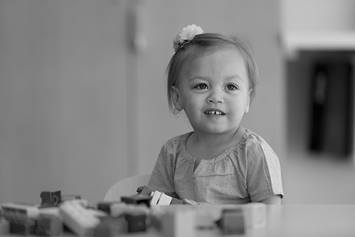Helping Hands
Access our patient education library and view dozens of articles created by our experts.
Helping Hand education materials are a valuable resource for patients and families. Written and illustrated by medical, nursing and allied health professionals at Nationwide Children's Hospital. Helping Hand instructions are intended as a supplement to verbal instructions provided by a medical professional. The information is periodically reviewed and revised to reflect our current practice. However, Nationwide Children's Hospital is not responsible for any consequences resulting from the use or misuse of the information in the Helping Hands.
























